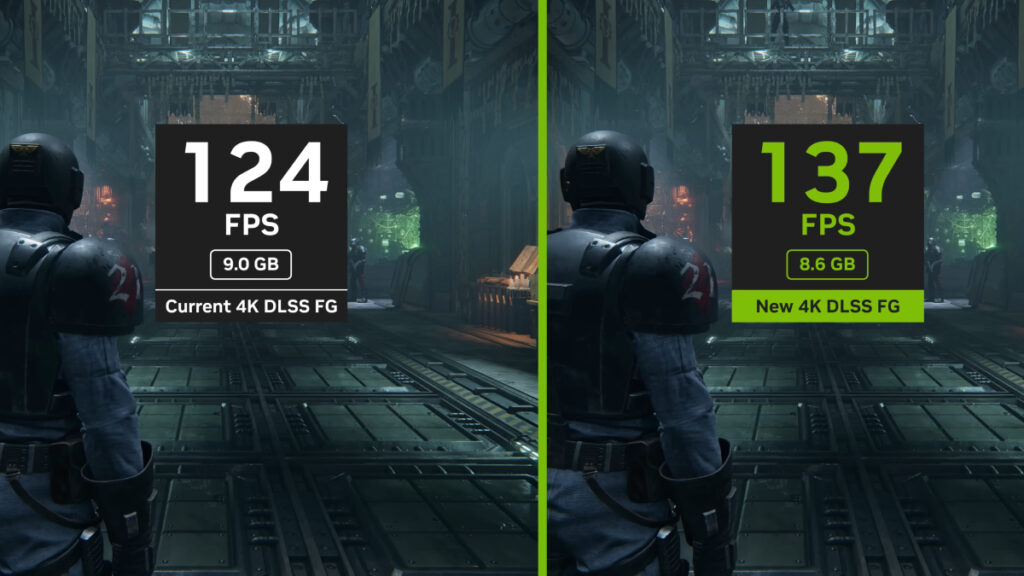We can all agree that the upcoming NVIDIA DLSS 4 will be a game-changer. It only took a few examples of existing games to show us the power of this Multi Frame Generation tool. However, it comes with a bit of skepticism from players. And no, I’m not talking about the fact that this tool might only come with the new lineup of NVIDIA graphics cards, big emphasis on might. I’m talking about DLSS 4 being so powerful that many developers might stop worrying about optimizing their games and wait for NVIDIA’s new tool to do the heavy lifting.
DLSS 4 Will Be a Game-Changer, But Will It Be for the Best?
If we look at modern video games, not all of them launch as optimized as we would want. Fortunately, tools such as DLSS or FSR let players hit that 60 FPS spot without stressing their rigs too much. However, NVIDIA DLSS 4 is on a whole new level.
Let’s use the above example, which features Dune: Awakening. In it, we can see the comparison of the game running at 4K with DLSS off and fluctuating between 60 and 70 FPS, which is not bad and could be considered the minimum standard. However, once DLSS 4 is turned on, you can see the frames jumping to over 200 FPS in some scenarios, and that’s with RTX turned on, too.
Another test that raised a few eyebrows was the showcase of Black Myth: Wukong. As we know, that game had a few optimization issues, and even with DLSS 3, the quality of it dropped considerably for some users. Here, however, it seems like a whole new game. Of course, there aren’t any specs in the video and we don’t know about the rig that’s running the game. Still, reaching this framerate with NVIDIA DLSS 4 is wild. Naturally, many players felt a bit skeptical about it.
Era of unoptimized game is here
FlawzFreq via YouTube
The above comment is one of the few people who share the same sentiment, claiming this tech, while useful, could lead to “lazier” products. We’re not saying the games we’ve seen lately are bad, but there’s clearly an optimization problem on PC at launch. Yes, patches tend to fix most of the stuff, and players using DLSS and FSR usually circumvent these issues. Yet, those who won’t have access to this Multi Frame Generation tool will still suffer from those problems.
Again, these are all assumptions, and it’s uncertain if developers will actually leave everything in the hands of DLSS 4. Many studios work hard to provide optimized games at launch, and others fail a bit on that but tend to fix performance problems down the line. Still, DLSS 4 is as exciting as it is scary. On the one hand, we’ll soon have one of the best AI Frame Generation tools. On the other hand, not everyone will have access to it, and if developers only worry about those who have it, we’ll see many struggling PC gamers in the future.








